White mold in garden soil is an unexpected guest you might encounter somewhere along your gardening journey. Its fluffy presence begs the question: friend or foe?
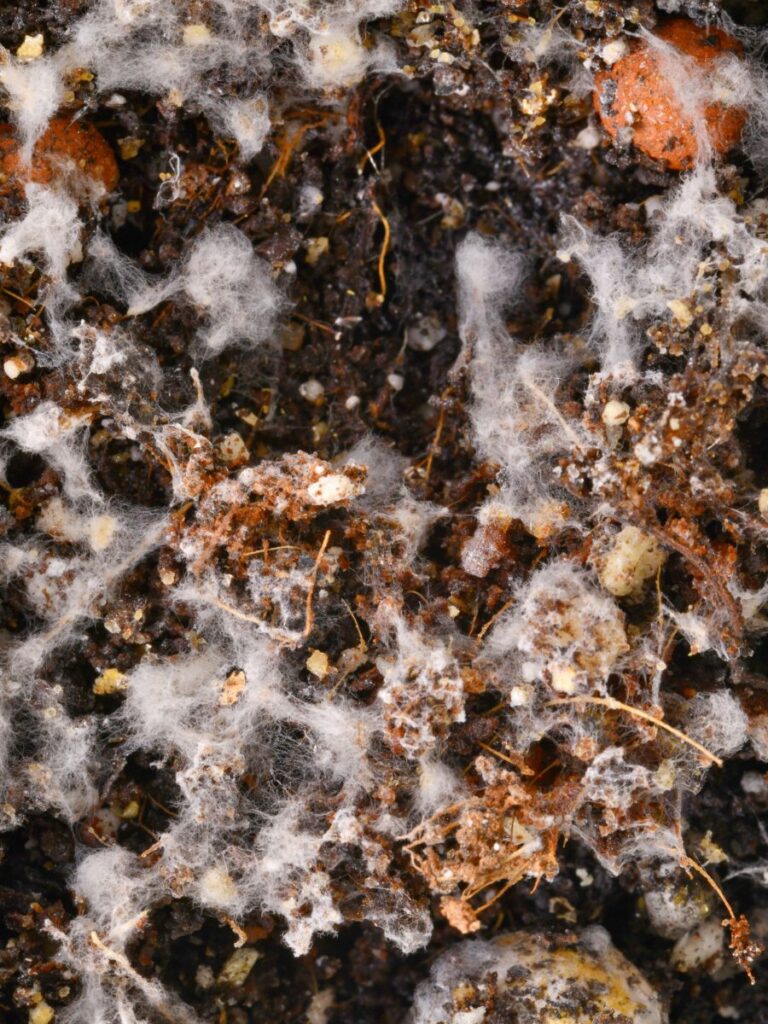
That suspicious white fluff in your soil isn’t necessarily a harbinger of horticultural doom.
You're reading: White Mold in Garden Soil: 2 Causes & Control
Like most things in life, white mold in your garden is a story of two sides.
In this guide, we’ll peel back the layers of this fungal mystery, revealing the good, the bad, and the moldy in between.
White Mold in Garden Soil: The Friend
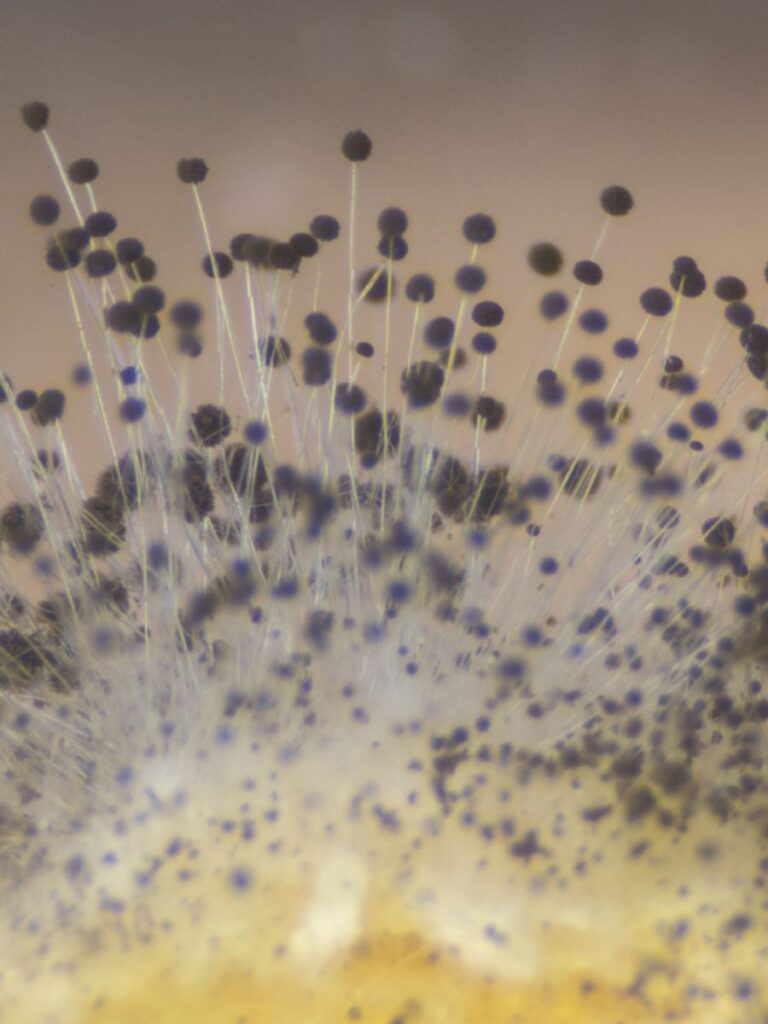
White mold might make an appearance when Saprophytic fungi are present.
Instead of posing harm, it is generally considered beneficial microorganisms for breaking down organic material and releasing nutrients into the soil.
Typically, unless their density is enough to completely smother plants, which is a rare occurrence anyway, you won’t have to worry about it whatsoever.
Symptoms: Fluffy, white patches or threads, often growing on organic matter like decaying leaves or compost.
Causes: Overwatering, poor drainage, and an abundance of organic matter in the soil can encourage their growth.
Treatment: Generally, no need for special measures.
You may simply improve drainage and avoid overwatering.
If the mold is dense and causing problems, you can scoop it out and add fresh potting mix to the soil.
Personally, I keep them in a separate pot since I know they break down nutrients and use them to decompose kitchen scraps for my plants.
White Mold in Garden Soil: The Foe
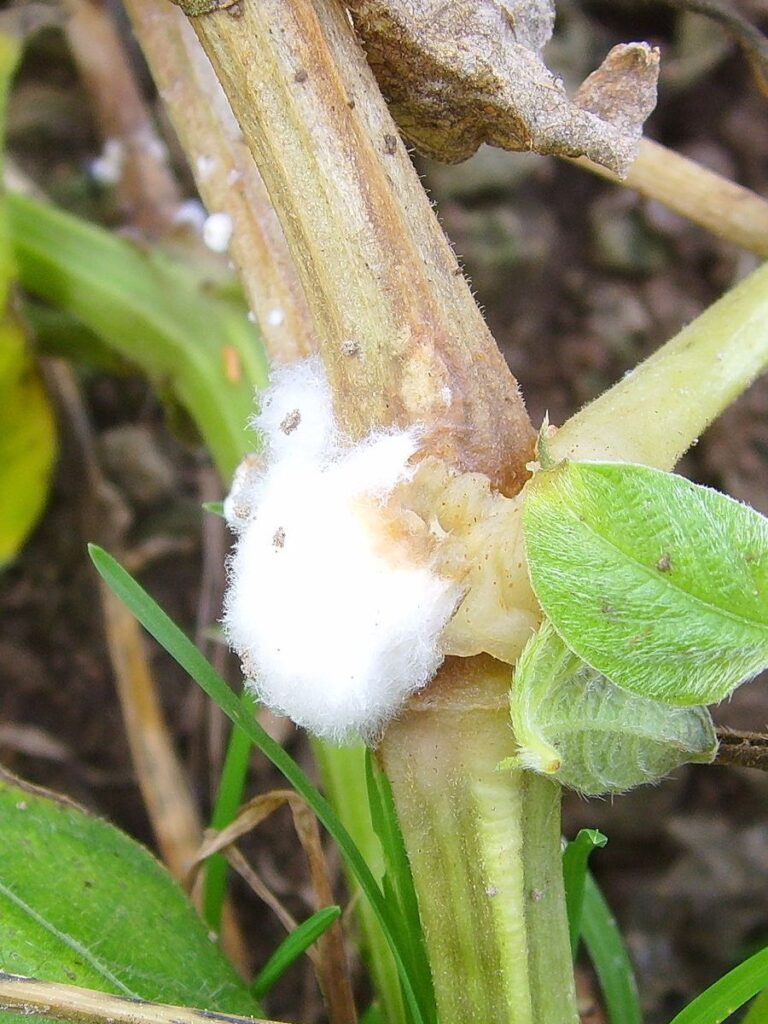
There is a type of white mold in garden soil that poses a real villain to your plants, caused by a pathogenic fungus called Sclerotinia Sclerotiorum.
It not only grows in the soil but also creeps onto the stems and leaves of your plants, causing them to wilt and die.
Of course, its destructive nature doesn’t stop there.
As I mentioned, they are the true villains! It can even render your greens vulnerable to various diseases such as blossom blight, Sclerotinia blight, drop, cottony rot, crown rot, watery soft rot, and stem rot.
Let Me Stress This Out: After killing the host plant, new sclerotia will begin to form on and within the killed plant tissue, perpetuating the cycle of infection.
Worst still, this mold can linger around for years. I know, it’s just a nightmare!
Symptoms
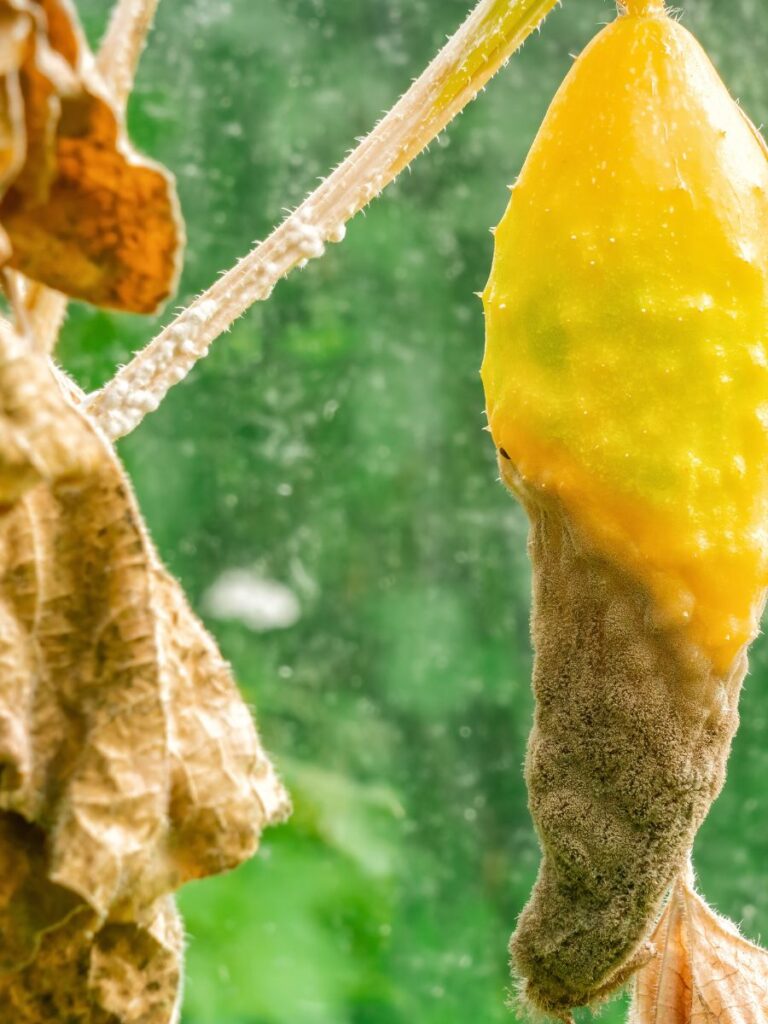
Read more : Growing Vegetables Indoors: 22 Best Vegetables, Herbs, Fruits & How to Grow
The easiest way to differentiate between Sclerotinia Sclerotiorum and Saprophytic fungi is that the former can grow on the leaves and stems of plants, whereas the latter would just stay in the soil.
Additionally, you can also look out for the following three symptoms:
- Infected Stem Features:
Hue ranging from tan to off-white
Texture characterized by dryness and brittleness
- Fungal Growth in Humid Conditions:
Presence of fluffy, white growth on infected stems or leaves
If the soil is moist enough with warm temperatures, Sclerotinia Sclerotiorum may even produce a few tiny mushrooms.
- Formation of Sclerotia:
Development of hard structures on the surface and within infected stems
Color: Black
Shape: Oblong to lopsided
Cause
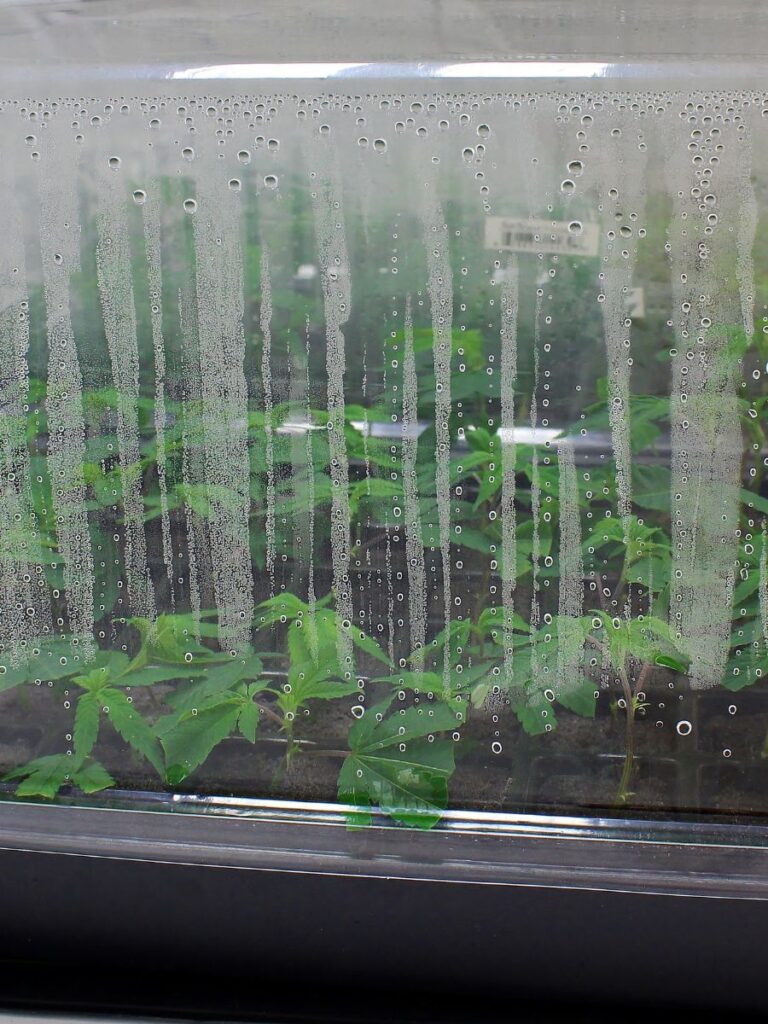
White mold flourishes in soil tainted by the Sclerotinia fungus or decomposed plant material.
Conditions like elevated humidity, cooler temperatures, and inadequate air circulation foster its growth.
The sclerotia releases mold spores, transported by the wind, insects, and rain.
These spores eventually settle on aging or compromised plant tissue, triggering infection and the subsequent deterioration of the plant.
Putting Sclerotinia Sclerotiorum Under Control
There’s a lesson horror movies often teach us: villains strangely live long. And this perfectly applies to white mold caused by Sclerotinia Sclerotiorum.
If it just shows up in a pot and you catch it early enough as it starts to spread, you might have a chance for a quick and happy ending.
But when it’s white mold in garden soil, well, get ready for a horror series.
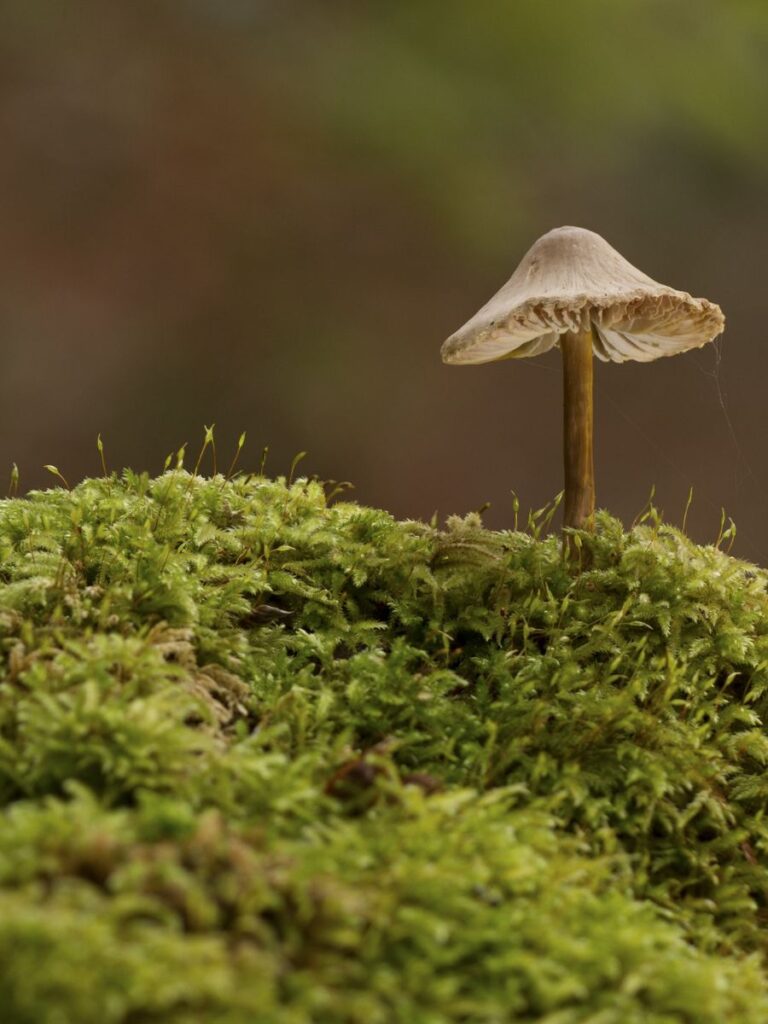
I apologize if what I said was alarming.
But there’s still a silver lining, we still have measures that can put an end to this:
1. Reduce Moisture:
Read more : 34 of the Best Perennial Ground Cover with Flowers: Forever in Bloom
Avoid overwatering and ensure good drainage in your garden.
Select plants with open, upright forms, as they dry out more quickly and promote better air circulation.
Sensible plant spacing and orienting rows in the direction of prevailing winds can also help reduce moisture levels.
2. Clean Up and Remove Infected Plants:

Promptly remove infected plants from your garden, being careful not to dislodge any sclerotia.
Composting infected plants is safe if your compost heap reaches temperatures of 148-158 °F for at least 21 days.
Alternatively, burn or bury the infected plants away from future planting areas.
Also, regularly remove withered flowers, dead leaves, and other plant debris.
3. Preventing New Mold Growth:
Forget battling moldy monsters, craft a garden fortress they can’t breach!
Start with a roster of resistant plant heroes, then wield your watering wand wisely – aim low, strike early, and choose well-drained soil as your battleground.
Finally, open the windows of your plant kingdom with good air circulation, and watch the moldy villains flee in defeat.
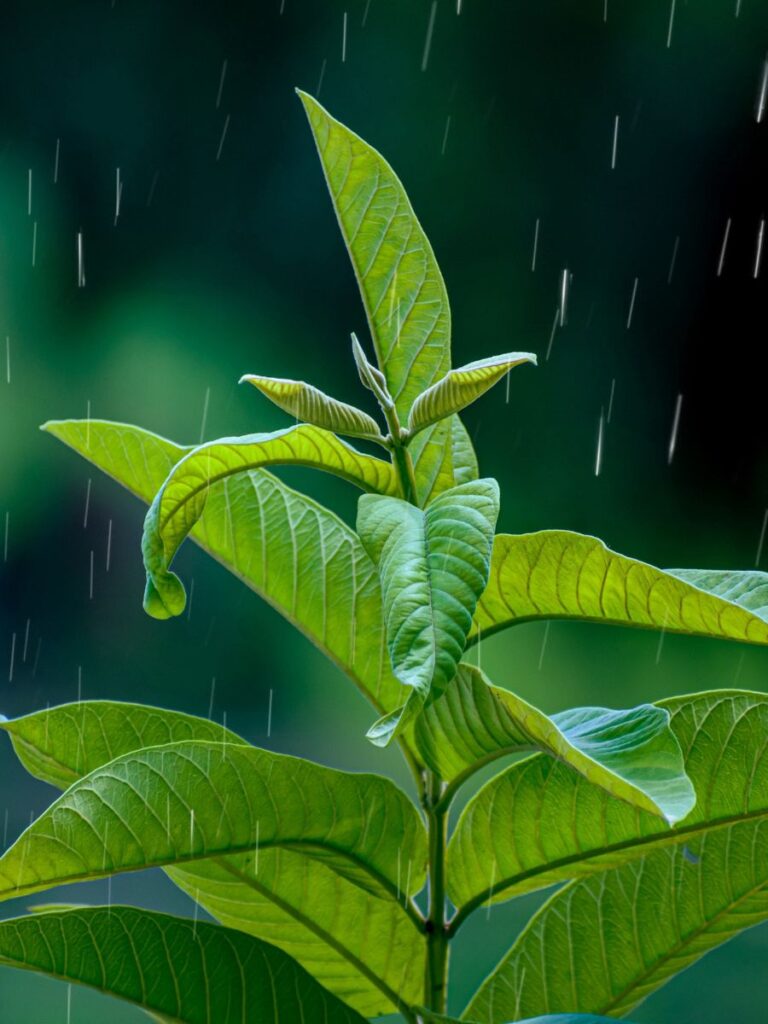
Seeking Professional Advice
If you’re experiencing significant issues with white mold, it may be beneficial to seek professional advice.
Plant and diagnostic clinics at various universities can assist in investigating and confirming the presence of the disease.
High-quality photographs showing affected parts are usually sufficient for their assessment.
White mold may raise unwelcome flags in your garden, but its reign can be short-lived.
Hone your moisture management skills, cultivate meticulous plant hygiene habits, and strategically plant resilient species – these are the secret weapons to banish the moldy beast.
Before you know it, your garden will be a flourishing paradise, where white mold is just a dusty paragraph in your horticultural history.
Save for later!
Source: https://thelittle.garden
Category: Gardening
